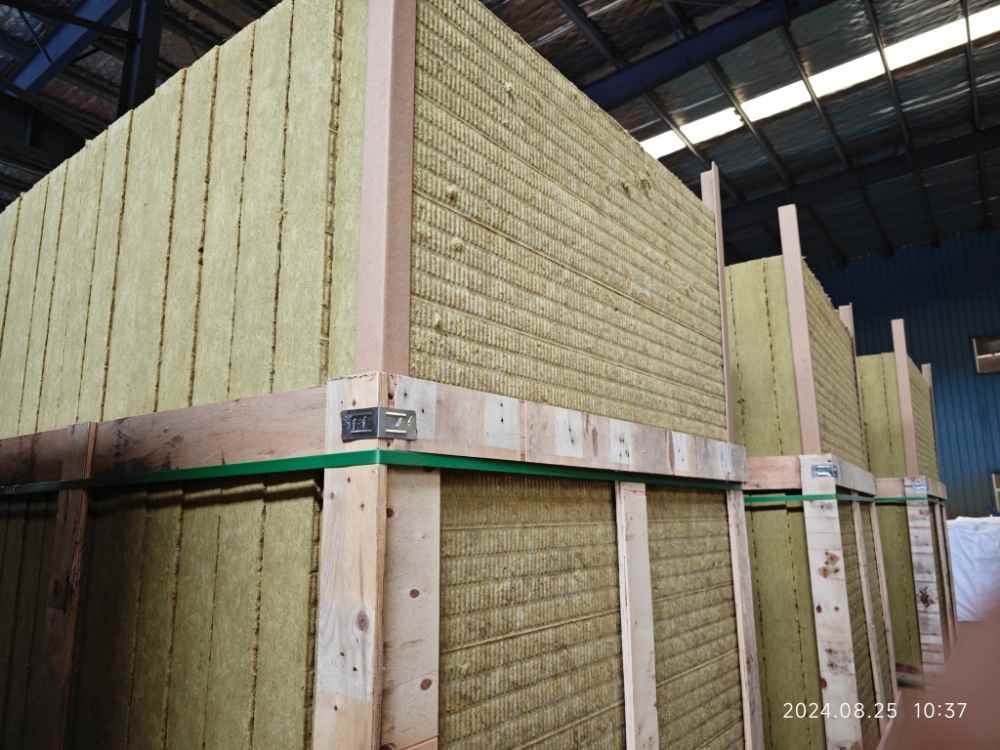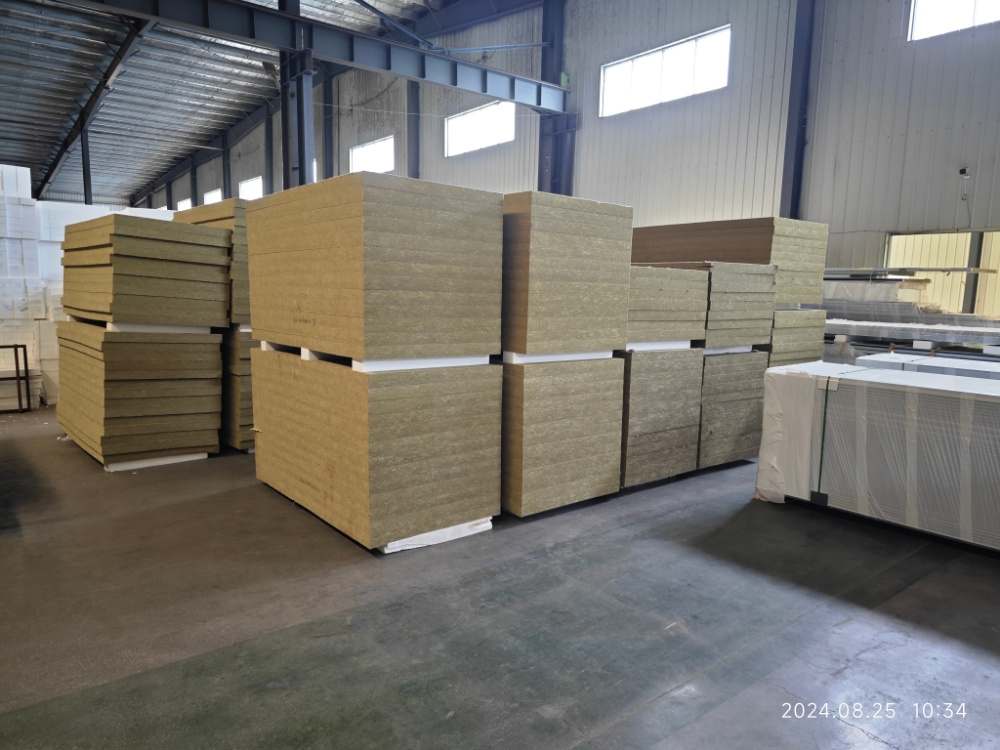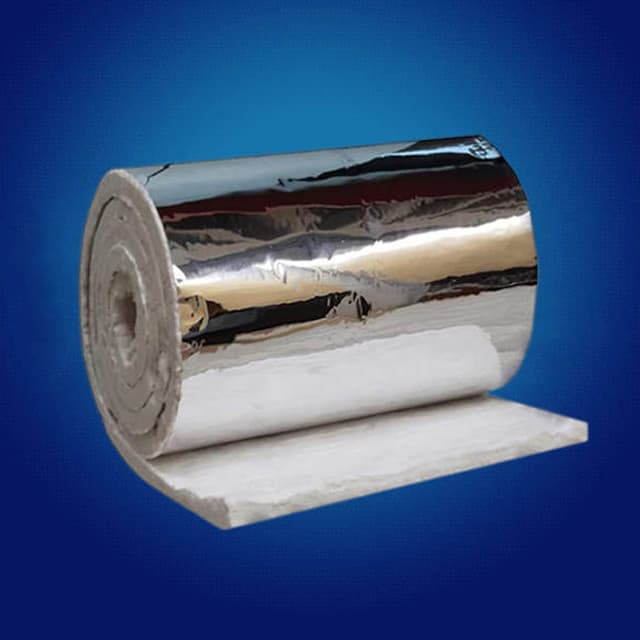Rock wool insulation boards, also known as mineral wool boards, have emerged as a popular choice for thermal and acoustic insulation in construction, industrial, and marine applications. Made from volcanic basalt or diabase melted into fibers, these boards offer a unique blend of fire resistance, thermal efficiency, and sound absorption. However, like any building material, they have limitations that must be weighed against their benefits. This article explores the pros and cons of rock wool insulation boards to help you make an informed decision for your project.

Rock wool boards are non-combustible and can withstand temperatures exceeding 1,000°C (1,832°F). They do not melt or release toxic fumes when exposed to flames, making them ideal for fire-rated walls, ceilings, and partitions. This property complies with stringent fire safety regulations, such as the ASTM E136 and EN 13501-1 standards, which is critical for high-rise buildings and public facilities.
With a low thermal conductivity of 0.034–0.043 W/m·K, rock wool boards effectively minimize heat transfer. This results in:
The fibrous structure of rock wool absorbs sound waves, reducing noise pollution by up to 45 decibels. This makes it ideal for:
Rock wool boards are inert to acids, alkalis, and water. When treated with hydrophobic agents, they achieve moisture resistance of up to 98%, preventing mold growth and degradation in humid environments like swimming pools or coastal regions.
With a lifespan exceeding 30 years, rock wool boards outperform organic insulation materials like wood fiber or cellulose. They resist sagging, settling, and insect infestations, ensuring long-term performance without replacement.
Rock wool is 100% recyclable and made from abundant natural minerals. Its production requires less energy compared to synthetic alternatives like polyurethane foam, contributing to LEED and BREEAM green building certifications.

Untreated rock wool boards can absorb up to 5% of their weight in water, reducing thermal performance. This necessitates additional waterproofing layers in outdoor or high-humidity applications.
Rock wool boards are typically 15–20% more expensive than alternatives like glass wool or expanded polystyrene (EPS). Initial material and installation costs may deter budget-conscious projects.
While recyclable, the manufacturing process involves high-temperature melting (1,500°C), which generates CO₂ emissions. Modern facilities use electric furnaces and renewable energy to mitigate this.
Rock wool boards have a rough, fibrous appearance and require additional cladding (e.g., drywall, metal sheets) for finished interiors, adding to project complexity.
The global rock wool market is projected to reach $25.3 billion by 2027, growing at a CAGR of 5.2%, driven by:
Rock wool insulation boards offer unparalleled fire safety, thermal efficiency, and acoustic performance, making them indispensable for critical infrastructure and high-performance buildings. However, their installation complexity, moisture sensitivity (untreated), and upfront costs require careful consideration. As sustainability and safety standards evolve, rock wool’s recyclability and fire resistance will likely drive further adoption, particularly in markets prioritizing resilient construction.


